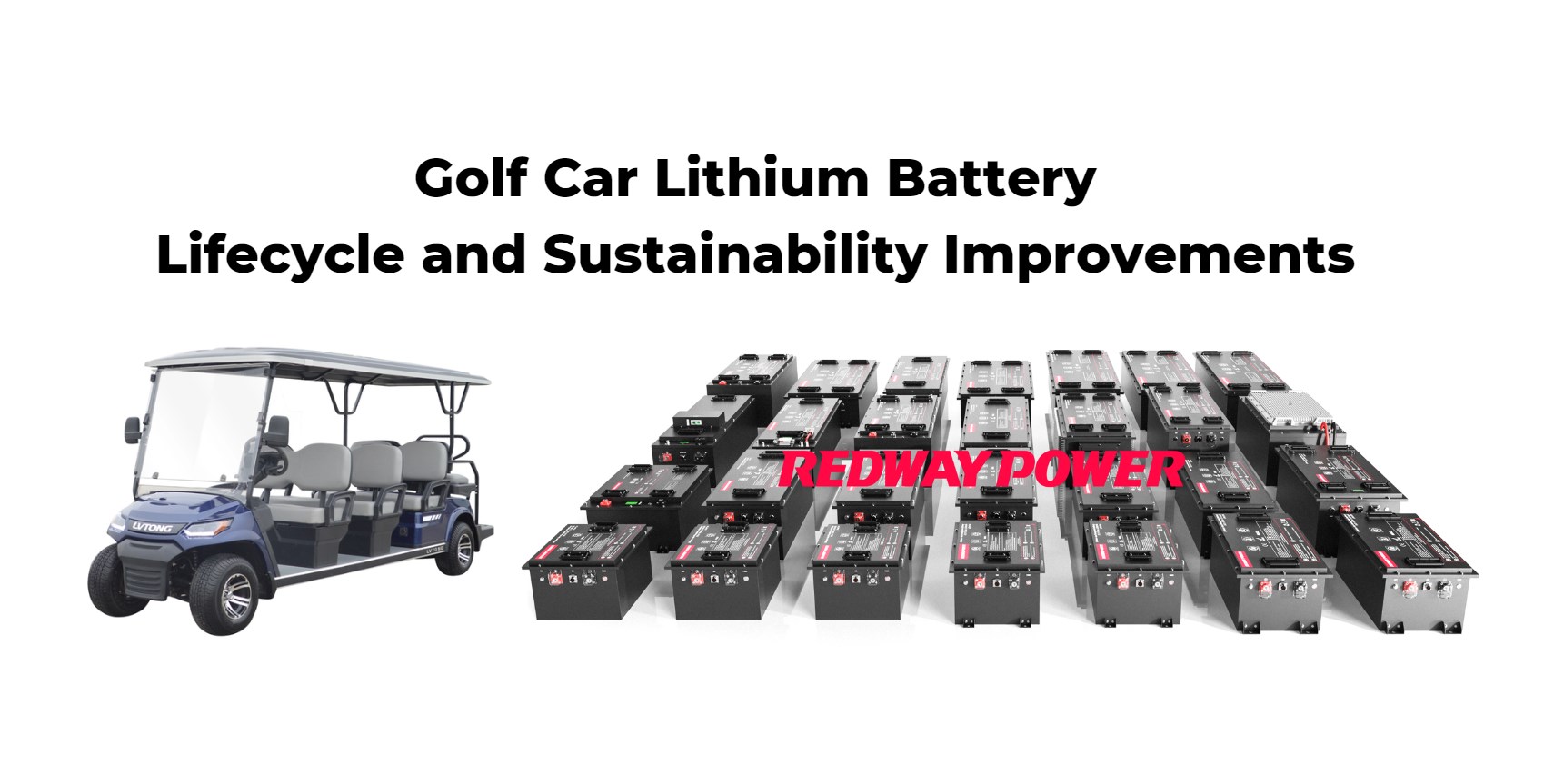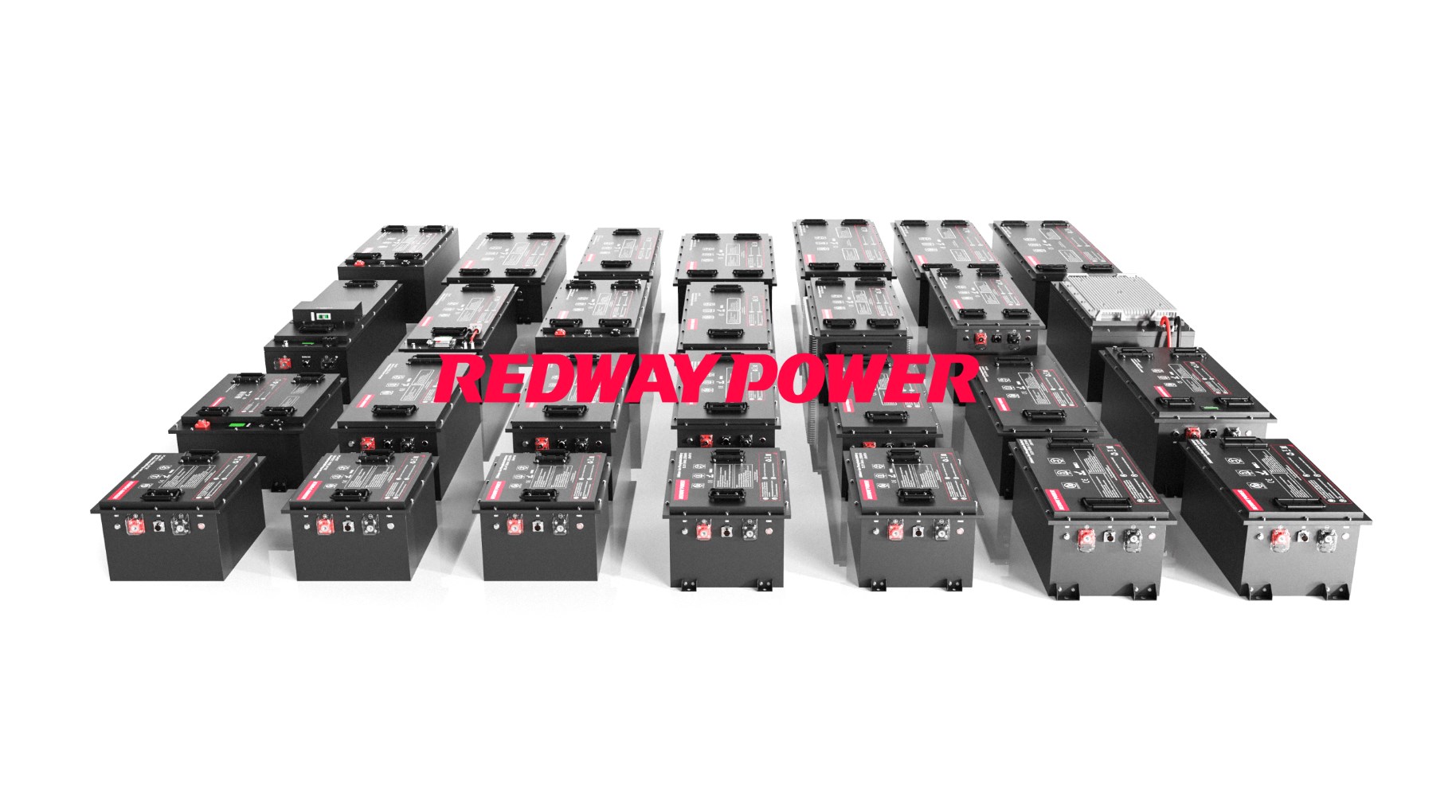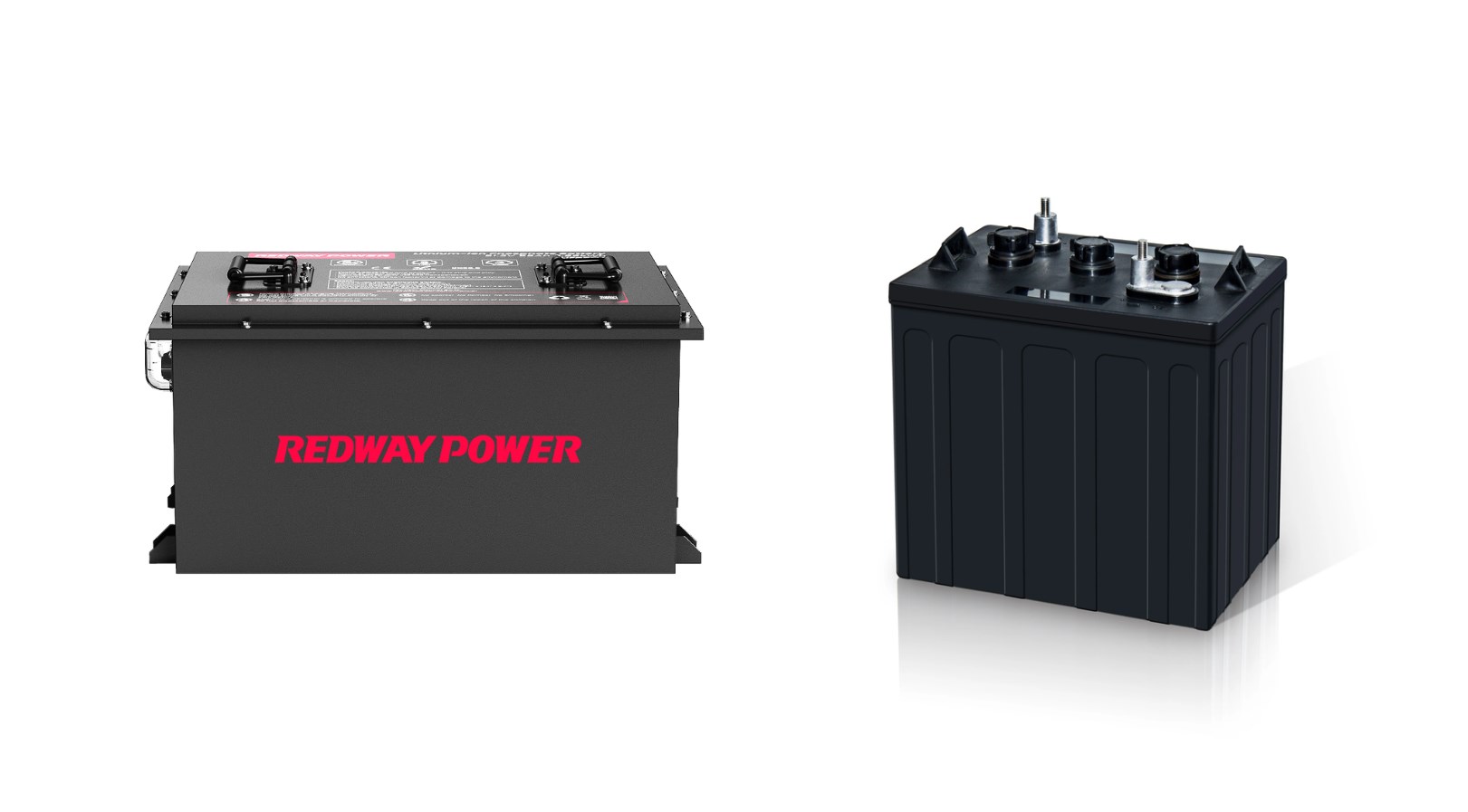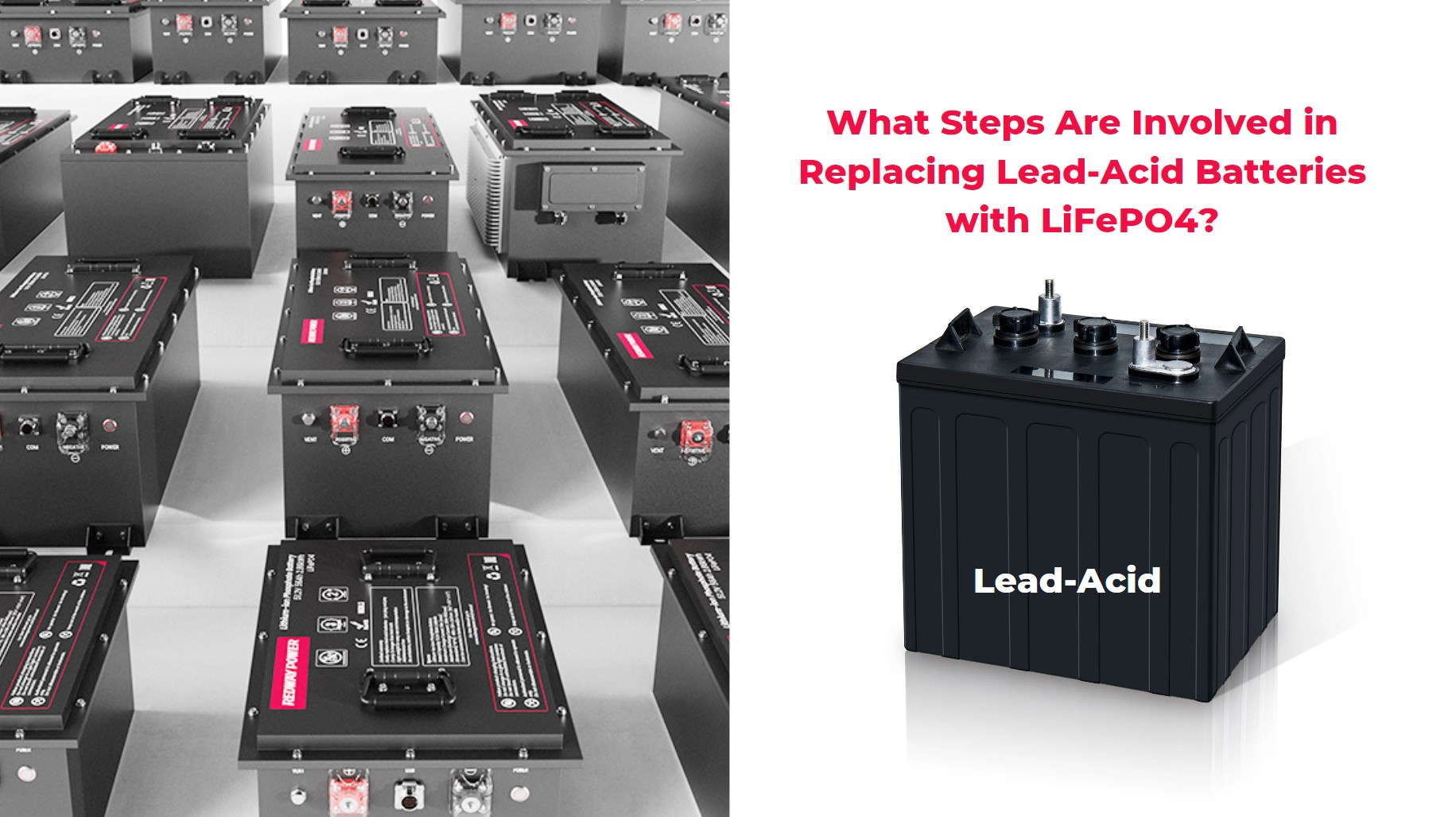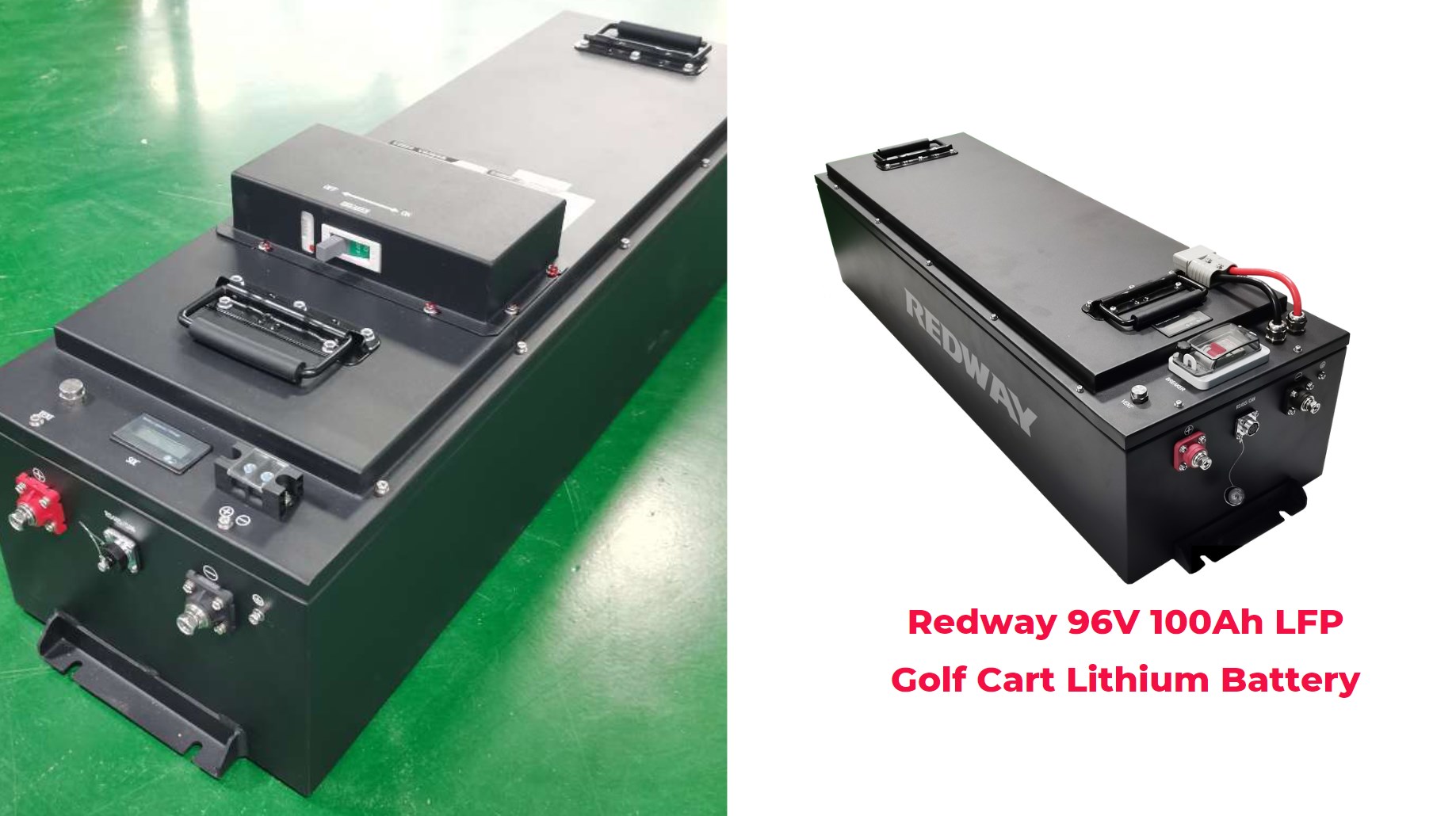How Might Future Developments Enhance LiFePO4 Battery Performance in Golf Carts?
Future developments in LiFePO4 batteries may enhance performance through improved energy density, faster charging capabilities, and advanced battery management systems. These innovations can lead to longer run times and better efficiency, making golf carts more reliable and enjoyable to use.
How Will Innovations Enhance Safety Features in LiFePO4 Batteries?
Innovations such as advanced battery management systems (BMS) and solid-state electrolytes will enhance safety features in LiFePO4 batteries. These technologies help prevent overheating and overcharging, significantly reducing the risk of fires and ensuring safer operation.
What Are the Expected Lifespan Improvements for LiFePO4 Batteries?
Expected lifespan improvements for LiFePO4 batteries include advancements that could extend their life to over 10 years or more, with up to 15,000 charge cycles under optimal conditions. This makes them a durable choice for golf cart owners.
How Does Increased Energy Density Impact Golf Cart Performance?
Increased energy density allows LiFePO4 batteries to store more energy in a smaller size, leading to longer driving ranges and improved performance in golf carts. This means users can travel further on a single charge without adding extra weight.
Why Is Sustainability a Key Focus for Future Battery Technologies?
Sustainability is a key focus for future battery technologies because it addresses environmental concerns related to battery production and disposal. Developing eco-friendly batteries like LiFePO4 helps reduce waste and pollution, promoting greener practices in industries like golfing.
How Will Smart Technology Integration Affect Battery Performance?
Smart technology integration will enhance battery performance by allowing real-time monitoring of battery health, charge levels, and usage patterns. This data helps users optimize charging schedules and maintain batteries more effectively, improving overall efficiency.
What Role Will Renewable Energy Play in Charging Systems?
Renewable energy will play a significant role in charging systems for LiFePO4 batteries by providing clean energy sources like solar or wind power. This integration supports sustainability efforts and reduces reliance on fossil fuels for charging.
How Can Advanced Materials Improve LiFePO4 Battery Efficiency?
Advanced materials can improve LiFePO4 battery efficiency by enhancing conductivity and stability, leading to better energy storage and faster charging times. Innovations in electrode design also contribute to increased performance and longevity.
Expert Views
Advancements in battery technology are not just about enhancing performance; they are about creating sustainable solutions that align with environmental goals,” says an expert from Redway Power. “As we innovate further within this space, we’re excited about how these changes will benefit both consumers and the planet.”
FAQ Section
- What advancements can we expect in LiFePO4 battery lifespan?
Future advancements may extend the lifespan of LiFePO4 batteries beyond 10,000 charge cycles due to improved materials and designs. - How do increased energy density levels affect golf cart performance?
Higher energy density allows lighter batteries that provide more power without added weight, enhancing speed and range. - Why is sustainability important for future battery technologies?
Sustainability is crucial as consumers increasingly demand eco-friendly products; future technologies will focus on non-toxic materials and recyclability.





